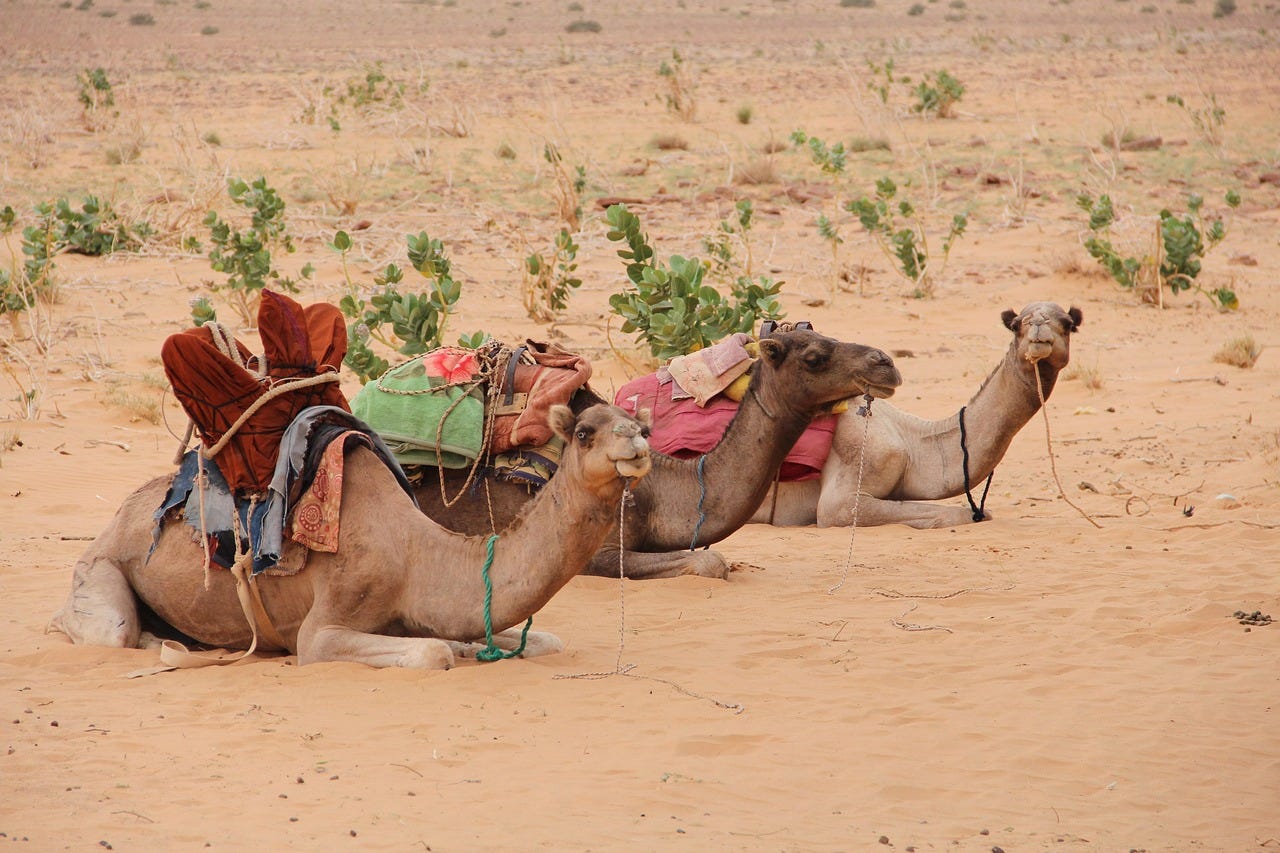The New Global Blueprint: China Building Trust, One Village at a Time
Here’s a piece of good news: a global power is leading by building, not bombing. And no surprise, it’s China at the center of this shift.
Instead of speeches about “freedom” or trillion-dollar wars, Beijing is creating jobs, feeding families, and, piece by piece, constructing a different kind of world order.



